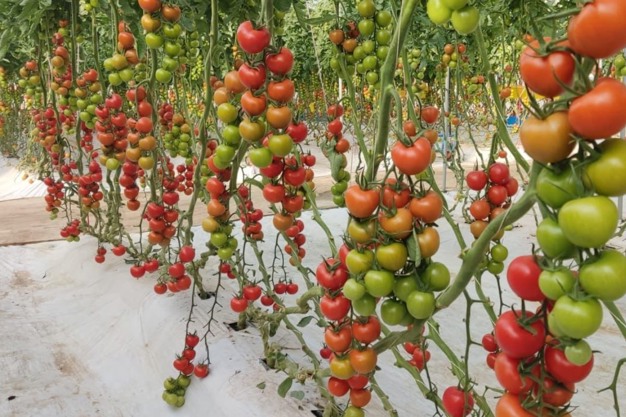One of the biggest concerns for Moroccan tomato growers, if not the biggest, is the spread of the ToBRFV virus. Moroccan food safety authorities officially recognized the presence of the virus in 2023. The Moroccan NPPO (ONSSA) informed the EPPO Secretariat of the occurrence of the virus in the country since October 2021 in the region of Souss-Massa and in March 2022 in the region of Dakhla.
In the last two seasons, according to industry statements, volume losses due to the virus have been significant, averaging up to 40% of annual volumes. This rate varies from one location to another and between growers. According to the most optimistic reports, the figure does not drop below 15%.

However, the 2023/2024 season seems to bring good news for tomato growers. As the season draws to a close for most varieties, except for summer-grown cherry and elongated tomatoes, a trend is emerging: "Virus-related losses are much lower than last season," says Oussama Machi, a fruit and vegetable grower based in Agadir.
Machi adds, "It appears that, hopefully, the virus is weakening. The uprooting rate this season is much lower than in previous seasons. According to my observations, based on my own operations as well as those of fellow producers in the region, it would be around 5% on average."
The grower adds, "Pending concentration of the season's data and statistics by the relevant bodies, the reason behind this improvement is the normal evolution of the virus, which is losing its aggressiveness."
The virus causes yield losses and increased management costs. Pulling out contaminated plants remains the only solution in the event of detection. According to industry sources, contamination increases considerably during planting and harvesting when growers rely on a larger number of external workers. Quarantine and the application of strict hygiene protocols remain the only means of control.
For more information:
Oussama Machi
Casamance Food
Tel.: +212661178150
Email: oussama.machi@gmail.com
